Application Rationalization
Dealing with payroll is a universal business capability. Every company needs to pay its employees. The fact of the matter is, however, supporting this capability with multiple solutions is not ideal.
“Six months ago,” Alan explained, “depending on the region, this business capability would have been fulfilled by one of four applications.”
Recognizing that you have four applications supporting one business capability is an important step. But how do you figure out which one to keep, which ones to turn off, and in what order?
To answer that question, Alan had other questions: “What are the relative strengths and weaknesses of a particular application when it comes to servicing this capability? Do users like it? Do users loathe it? Do they loathe it but it’s the only application that can meet a particular need? We better figure that out!”
Thanks to the diagramming, surveying, and analytical capabilities of LeanIX, Flynn now has 3 payroll applications. In another six months, they will have 2.
Transforming the IT landscape in this way is a continuous process. But it is possible to continuously achieve meaningful milestones along the way.
Lifecycle Management
Every IT department deals with lifecycle management. But when M&A activity continuously adds IT components to your software landscape, managing lifecycles is easier said than done.
“Here’s an example,” Alan said. “You have SQL Server 2018, or 2018r1 or -R2 or -SP3. When does that go end of support? When does it go end of mainstream support? When does it go end of extended support?”
“At this point, SQL Server 2018 SP2 is out of mainstream support. What does that mean? What applications does that affect? Do we already have something in our stable that supersedes SP2? And what do we need to do to get the 2018 SP3s onto 2019, or whatever the case is?”
“Having a solid way to say this business application – be it ERP or AP automation or whatever – is built up of these IT components. And that these IT components have a lifecycle you have to action, otherwise you will have a supportability nightmare, shine a light on things and that lets you really develop a plan to deal with it.”
“Before LeanIX,” Alan said, “we didn’t have a solid understanding of how much was unsupported, or why we have 6 different versions of SQL server in operation. There are legitimate reasons, but we had to search for them. When we did, we found things like, this business application doesn’t support anything beyond SQL server 2016. Or we discovered, this SQL server 2012 is a general SQL Server with no dependencies and it’s just the case nobody’s ever taken the time to upgrade it.”
Lifecycle management is important, on the one hand, because you need to make decisions when systems reach end of support: Do we upgrade and replace? Or do we figure out a way to maintain it ourselves?
On the other hand, lifecycle management also impacts a critical IT capability: Risk management.
IT Risk Management
“When you hear that XYZ breach or vulnerability is out,” Alan said, “and that affects SQL Server 2012 SP2, you need to be able to answer the question: What do we have running on it?”
“You can go around and ask everybody,” he added, or you can go search the central repository provided by LeanIX.
We’re all going to get attacked. Good lifecycle hygiene and keeping things up to date helps, as Alan said, make it harder for people to steal your stuff.
Alan also, said something very interesting in this regard: “Security risk takes precedence, but it can’t take precedence to the point of obscuring or ignoring the other types of risk like business risk.”
For example, what does it mean if a particular app goes down?
“Because we’re associating data objects and interfaces,” he said, “we know that something going down affects these three other applications. And we can predict how that outage will impact them. We know the accounting system provides XY and Z, for instance, so if XY and Z are not available to the field service application, that’s not good.
Documenting the relations between systems in an easy to consume way allows you to shine a light on intuitive risks that might otherwise be difficult to quantify and qualify.
“Prior to LeanIX,” Alan said, “you wouldn’t have found anybody saying, ‘If the accounting system goes down, everything will be fine.’ Obviously, it would have an impact. The difference is, now we can say, ‘The accounting system going down affects these 7 other systems and it affects these subprocesses in those systems.’ With that information, we can start to have a proper discussion about business impacts and how to address them.”
And when it comes to something like disaster recovery, Business Analyst Tracy Moffat said, "This information allows you to see what your critical systems are and what your secondary and tertiary systems are. As a result, you will know which ones you need to bring up first, and which ones can you roll in later.”
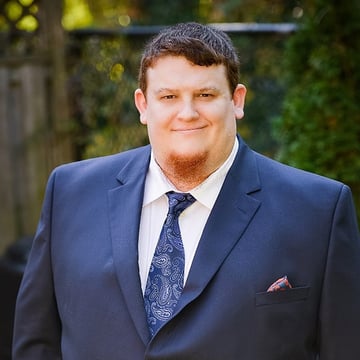
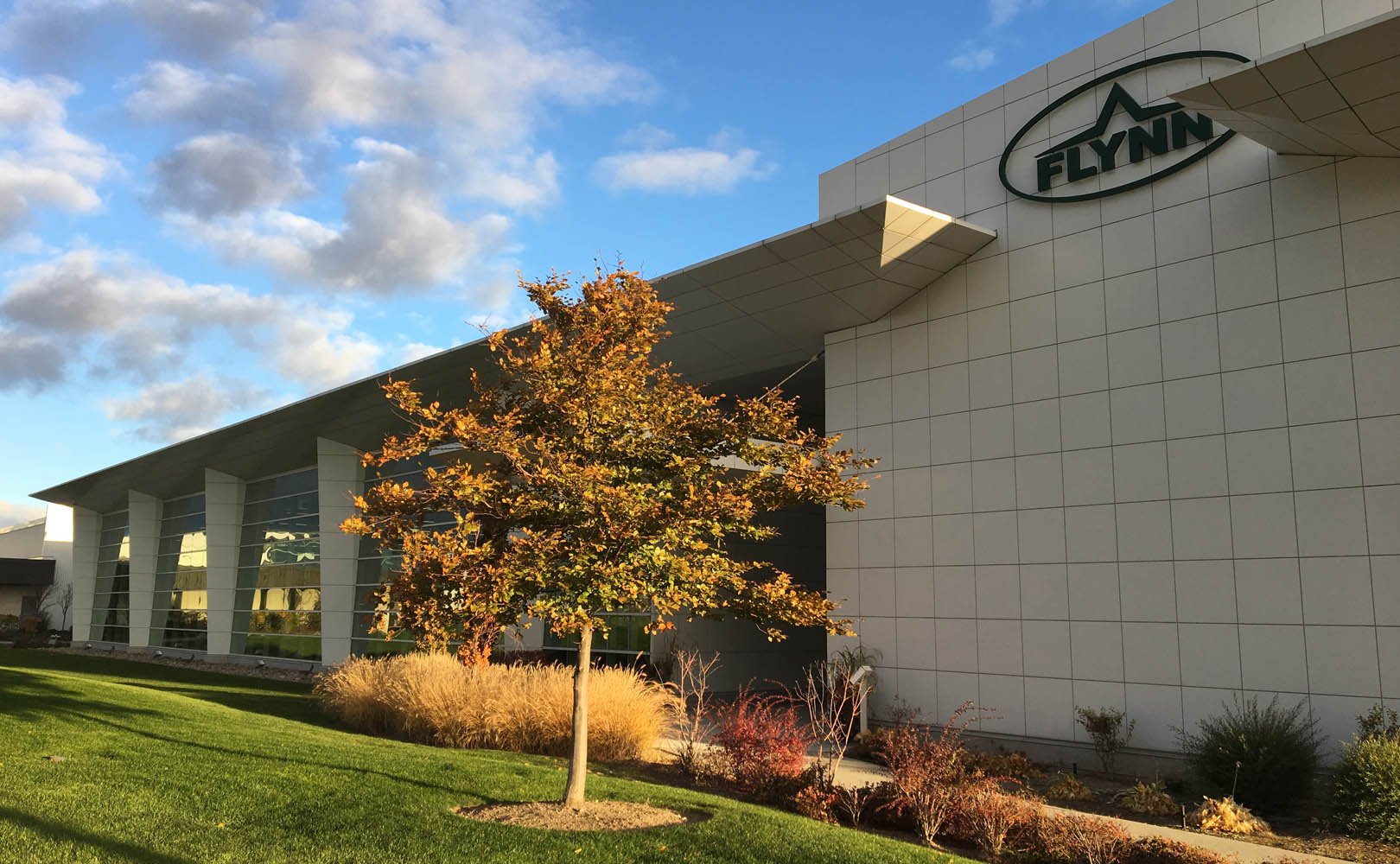
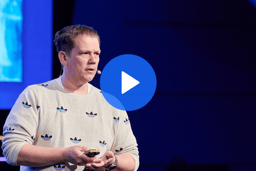
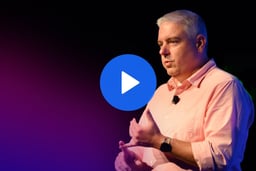
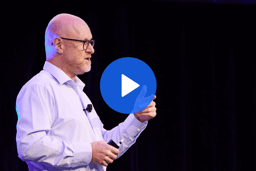

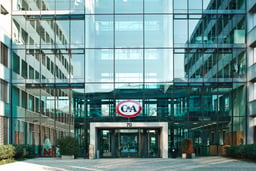

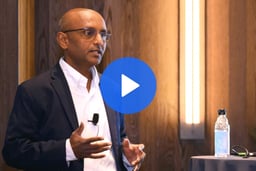
/EN/Success%20Stories/resource-page-thumbnail-Compass.jpg?width=260&height=171&name=resource-page-thumbnail-Compass.jpg)
